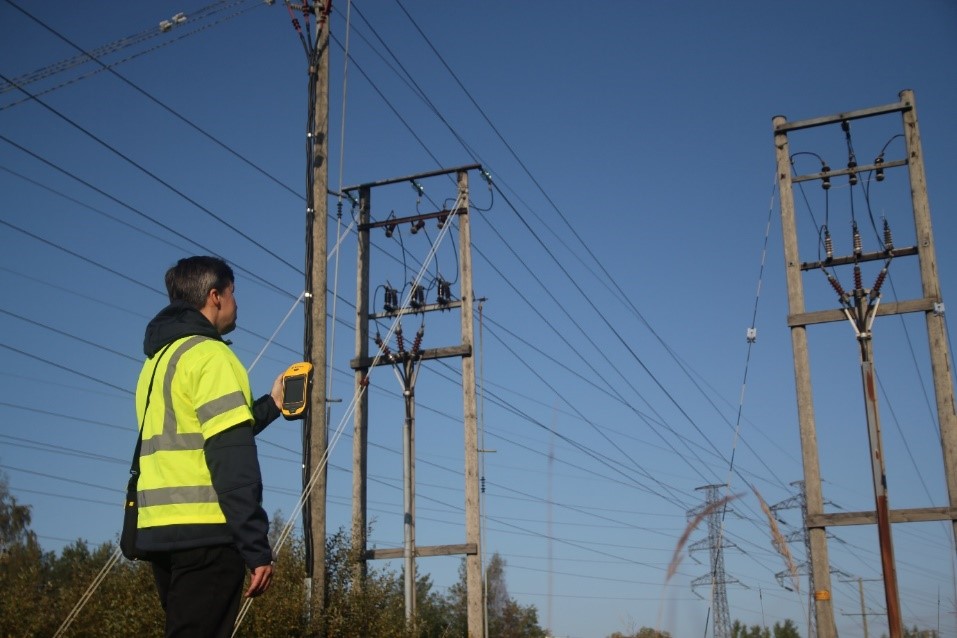Closing the data loop – optimising the asset maintenance workflow
By Shane Brunker, Technical Director at NM Group
We have seen an explosion in the use of digital data collection on electricity networks. There are a whole host of ways to collect and analyse this information – from our business area of LiDAR remote sensing through to ground-based physical inspection. However, one thing we have observed is that network operators seem to have less of a focus on seamlessly translating this data through to work allocation, tracking and reporting. This has the potential to undervalue these expensive datasets and not realise the efficiencies in work that the operator may seek.
Take for instance a vegetation management example. Utility vegetation managers may source defect information from a range of sources and may even have access to a 3D visual management system to help them understand and prioritise remediation works. However, the ‘slickness’ of the process often stops when you look at how the work decisions are transferred to the field contractor and then in how the progress is understood as work progresses. We see a mix of manual system transfers, data dumps and partial issue of datasets, and everything in between.
The way in which the contractor themselves can make use of the data is also limited – there is a wealth of information inherent in a detailed scoping study but many outfits may not have the bandwidth to invest in the software and hardware tools to make use of what is often unwieldy data. To show how that data has then been actioned, in a seamless and straightforward way is also a challenge – i.e. which defects were managed, which new ones were found, which danger trees were inspected?

An optimised end to end workflow needs to take mass asset data from the field and convert this into usable, manageable network information which can flow internally and externally. Work tasks that have been identified should be prioritised in the context of network risks and urgency, optimised for maximising work efficiency. They should then be issued to a mix of internal and external teams as required. As the work is undertaken, this should populate work tracking systems to show progress as it happens, to improve monitoring and ensure that resources are continually being targeted in the right way. This is a mix of network planning, work management and KPI reporting.
We are actively exploring how to close the loop with some of our key customers – integrating our analytical and 3D visualisation platforms with the proven Trimble suite of field work and network management packages. Things are looking good and I look forward to sharing more details on this soon.
Learn more about this approach by watching this recent video.
